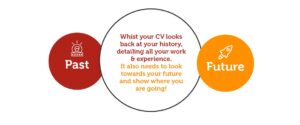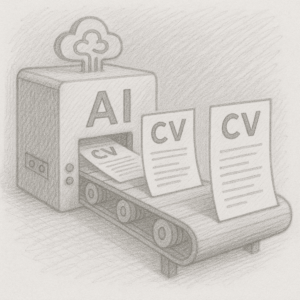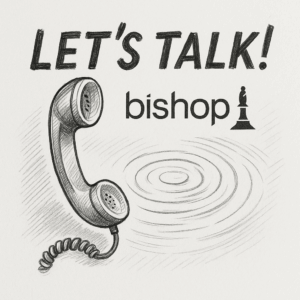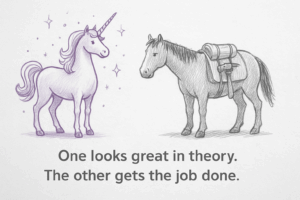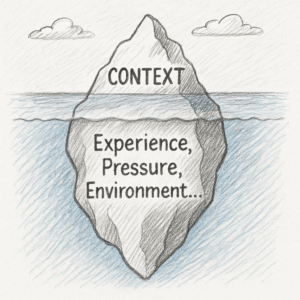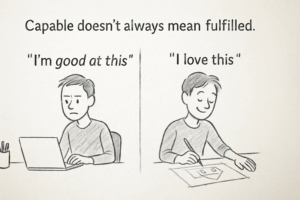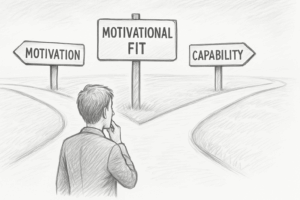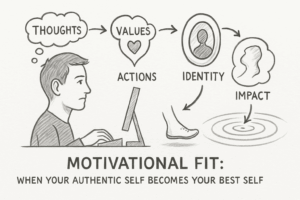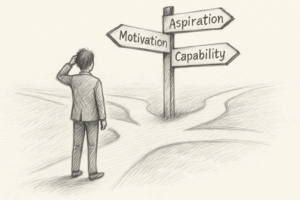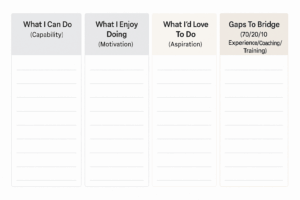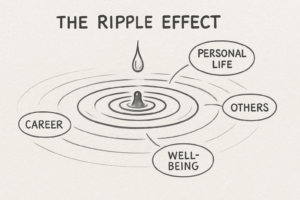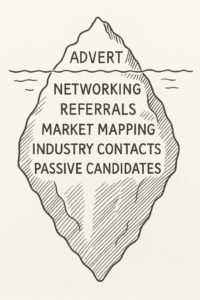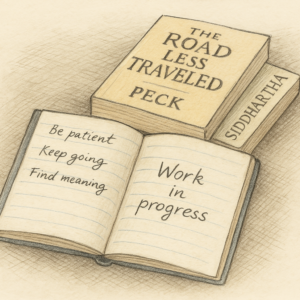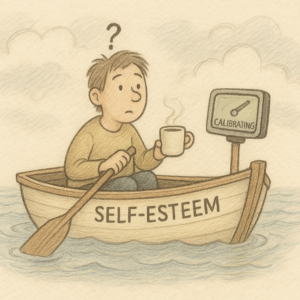The six questions every board should ask themselves before appointing their next chief executive
The CEO isn’t just your next employee. They’re your strategic partner. The health of your relationship will shape the culture, courage and trajectory of your entire organisation.
But here’s what’s often missed:
Hiring the right CEO only works if your board is ready to partner with them – not just manage them.
A successful appointment is never just about the candidate. It’s about clarity of purpose, strength of relationship and the conditions you’ve created for leadership to thrive.
ere are six essential conversations every board should have – with themselves and with their candidates – before making that call.
-
Are We Aligned on the Future We’re Hiring For?
Too many appointments are anchored in the past. Boards reach for the kind of leader who would’ve been perfect for the last era, not the next one.
Before beginning a search, ask:
- What does our next chapter demand?
- What are the strategic risks, cultural shifts, and market conditions we’re facing?
- Do we need a stabiliser, a transformer, or a navigator of uncertainty?
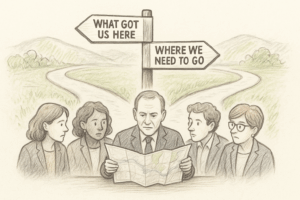
Don’t just recruit for what you’ve been. Recruit for where you’re going.
-
Do We Know the Kind of Leadership That Will Help Us Get There?
Competence is essential — but character, courage, and leadership style shape long-term success.
Ask:
- What sort of culture are we trying to build?
- Do we need a calm hand, a creative mind, or a courageous disrupter?
- How much relational EQ and staff engagement do we expect?
The leadership profile must match the strategic moment.
-
Are We Ready to Partner — Not Parent?
One of the most common reasons CEO appointments fail? The relationship.
Boards that micromanage, second-guess, or operate through a lens of fear, can quickly undermine even the most talented CEO.
Ask yourselves:
- Are we clear about what success looks like?
- Do we delegate decisively, and then step back?
- Are we willing to support publicly and challenge privately?
The CEO is not your child, your contractor or your saviour.
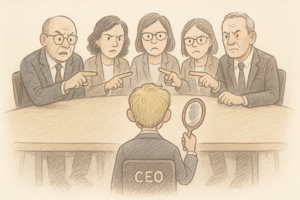
They are your strategic partner. Treat them like one.
-
Are We Willing to Be Challenged – and to Challenge Well?
Effective governance is built on robust, respectful dialogue.
A great CEO doesn’t just carry out your plans – they help shape them. That requires:
- Psychological safety in the boardroom
- Shared expectations for how disagreement is handled
- A board that speaks with one voice after decisions are made
If your next CEO always agrees with you, they might not be leading.
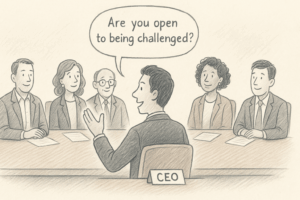
-
Do We Have the Right Conditions in Place for Success?
Even the strongest CEOs will struggle in unclear or fragmented environments.
Before appointing your next leader, ensure:
- Clear strategic priorities (short and medium-term)
- Agreed ways of working between board and CEO
- Shared understanding of what information is required
- A mutual commitment to “no surprises”
A successful partnership needs rhythm, structure and mutual respect – not just goodwill.
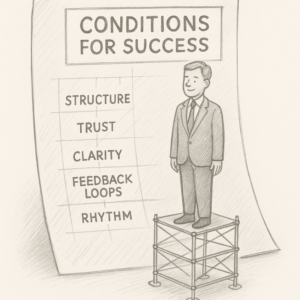
-
Are We Willing to Be the Board Our CEO Needs?
A CEO’s success is never theirs alone. It’s a reflection of the board’s clarity, unity and maturity.
Ask:
- Do we operate strategically, or get caught in the weeds?
- Do we provide consistent access, feedback and guidance?
- Are we cohesive and aligned, or do we operate as individuals?
Just as we ask CEOs to evolve and grow – the best boards do the same.
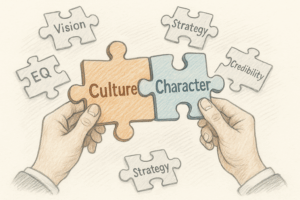
Want Help Getting This Right?
At Bishop Associates, we believe recruitment is only one part of leadership success. Just as critical is the clarity, trust and partnership established from the very beginning.
We help boards:
- Clarify their leadership needs and strategic fit
- Run transparent, values-aligned executive search processes
- Establish the foundations for a strong board–CEO partnership
If you’re planning a CEO appointment – or need to reset the conditions for success – we’d love to help.
👤 About the Author
Rob Bishop is the Director of Bishop Associates, a Christchurch-based executive search and recruitment consultancy known for its values-driven, people-first approach. With over 25 years’ experience in recruitment, leadership assessment and governance advisory, Rob and his team work closely with boards and leaders to support CEO appointments, executive alignment and long-term organisational success.
This article draws inspiration from a range of governance literature, including the ACCT Trusteeship Guide (2020) and the Four Pillars of Governance Best Practice developed by the Institute of Directors New Zealand. While these resources informed the underlying principles, the perspectives, tools, and language presented here have been independently developed by Bishop Associates to support practical, values-based leadership in an Aotearoa New Zealand context.

